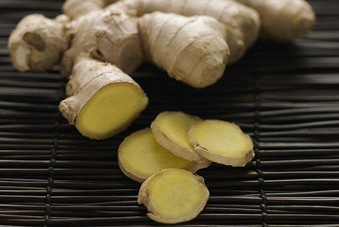Ginger or ginger root is the rhizome of the plant Zingiber officinale, consumed as a delicacy, medicine, or spice. It lends its name to its genus and family (Zingiberaceae). Other notable members of this plant family are turmeric, cardamom, and galangal.
Ginger contains up to three percent of a fragrant essential oil whose main constituents are sesquiterpenoids, with (-)-zingiberene as the main component. Smaller amounts of other sesquiterpenoids (β-sesquiphellandrene, bisabolene and farnesene) and a small monoterpenoid fraction (β-phelladrene, cineol, and citral) have also been identified.
The traditional medical form of ginger historically was called Jamaica ginger; it was classified as a stimulant and carminative and used frequently for dyspepsia, gastroparesis, slow motility symptoms, constipation, and colic. It was also frequently employed to disguise the taste of medicines.
A unique collection of 26 natural compounds from Polygonum cuspidatum Sieb. et Zucc.
A unique collection of 38 natural compounds from Eucalyptus globulus Labill.
A unique collection of 26 natural compounds from Pueraria lobata (Willd.) Ohwi
A unique collection of 23 natural compounds from Artemisia annua L. F. Macrocephala Pamp
A unique collection of 25 natural compounds from Evodia rutaecarpa (Juss.) Benth.
A unique collection of 21 natural compounds from Garcinia hamburgy Hook. f.
A unique collection of 69 natural compounds from Morus alba L.





